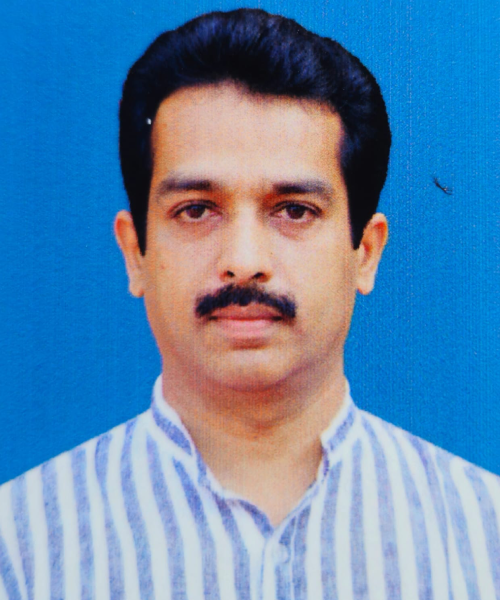Yoga Breathing Techniques To Improve Lungs Health
Any Information you see will be valuable to someone today. Please share and Stay Connected.

Introduction
Yoga is an ancient Indian art. Continuous practise of yoga can unite the soul, mind, and body of an individual. Yoga suggests various breathing techniques to improve lung function. If we follow the Yoga Asanas regularly, the lungs muscle will become stronger and can control various respiratory diseases.
According to Ayurveda, breath is known as 'Prana'. The regulation of breath is called 'Pranayama'.
Breathing techniques to improve the health of the lungs are:
Our Doctors
Online Consultation
1. Matsyasana (Fish Pose)
Matsya Asana improves breathing and strengthens lung muscles. Matsyasana ensures better circulation of blood throughout the body. Also, the asana relieves upper respiratory congestion by stretching the chest.
Steps In Matsyasana
Lie on your back in the Shava-asana. Inhale, lift your head and shoulders, and keep the buttocks on the floor. After that, rest the crown of the head on the ground while arching your back. By using elbows, maintain the whole balance of your body. Inhale and exhale deeply which helps to open up the chest.
2. Sukhasana (Cross-legged Sitting Pose)
Practising Sukhasana regularly helps to stretch your spinal cord. Sukhasana helps to broaden the chest as well. Sukhasana is popular in bringing a balance between your mind and body. Also, the posture helps to eliminate toxins from the lung muscles and stimulate blood flow.
Practising Sukhasana helps to eliminate cough, cold and respiratory disorders very effectively.
Steps In Sukhasana
Sit in a straight position, keep your feet stretched in front of you. Now fold the knees and lay the knees towards the outside. Inhale, pull your shoulders back and expand your chest. Exhale, try to touch your right forehead with your right knee. Now inhale and return to the starting position.
3. Bhujangasana (cobra-pose)
Bhujangasana helps to make your lungs healthy and stronger. Bhujangasana has various benefits like stimulating abdominal organs, strengthening spines, stretching the chest and lungs, etc.
Steps In Bhujangasana
Lie down on your stomach; Keep your palms next to your chest on both sides. Keep your chin on the ground for now. Both the feet will be together. Raise your upper body while inhaling and hold it for 10 seconds. Come back while exhaling.
4. Ardha Matsyendrasana (Sitting Half Spinal Twist)
Ardha Matsyendrasana is very helpful in opening up the chest and thereby increases the oxygen supply to the lungs. The posture helps you to get rid of various health issues like breathing difficulties, tension, stress, etc. Ardha Matsyendrasana is also helpful in reducing back pain, and also stimulates the digestive system.
Steps In Ardha Matsyendrasana
Sit straight and stretch your legs out. Now bend the right leg and place the right foot beside your left hip. Then bend the left leg and bring the foot to the right buttock. Your left heel should touch your right buttock and the outside of the left leg should be on the floor.
Now twist your neck, shoulders, and waist to the left and look over the left side shoulder. Hold this position based on your comfort level, inhale and exhale slowly.
Come back to the original position and repeat the same steps to the other side.
5. Padma Sarvangasana (Lotus Shoulder Stand)
Padma Sarvangasana supplies enough oxygen to the lungs. The asana allows the expansion of the chest so that the air can easily pass to the lungs. The asana stimulates abdominal organs.
Steps In Padma Sarvangasana
Lie on the back. Come into a Sarvangasana position (supported headstand). Bring the legs into Padmasana and hold this position for approximately 1 minute. Slowly return to the starting position again.
Various breathing techniques to improve the health of the lungs are Padma Sarvangasana, Bhujangasana, Sukhasana, Ardha Matsyendrasana, and Matsya asana.
Conclusion
All the information about breathing techniques was collected from various ancient Yoga books. Always find a ‘Guru’ before self-practicing.











